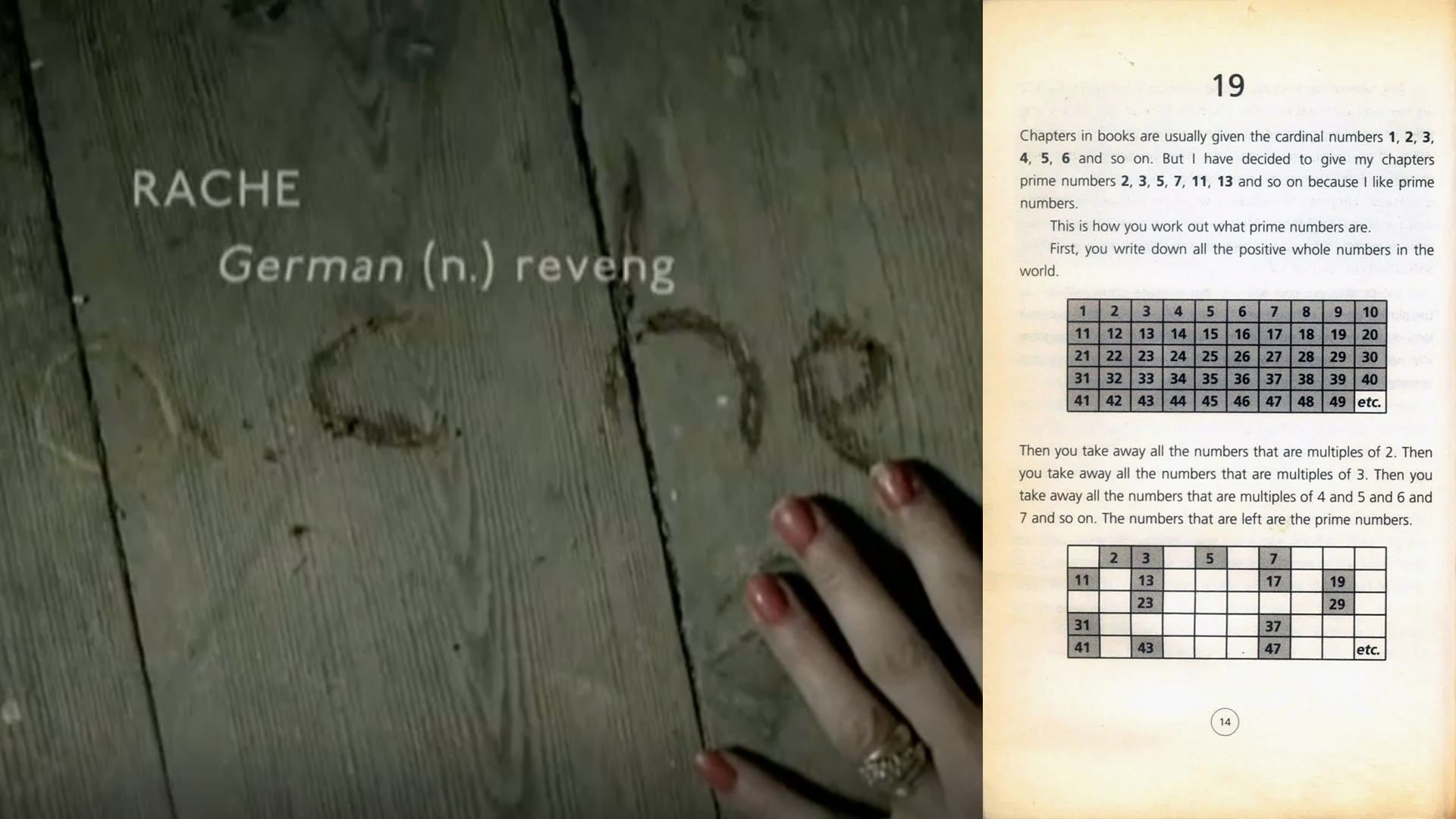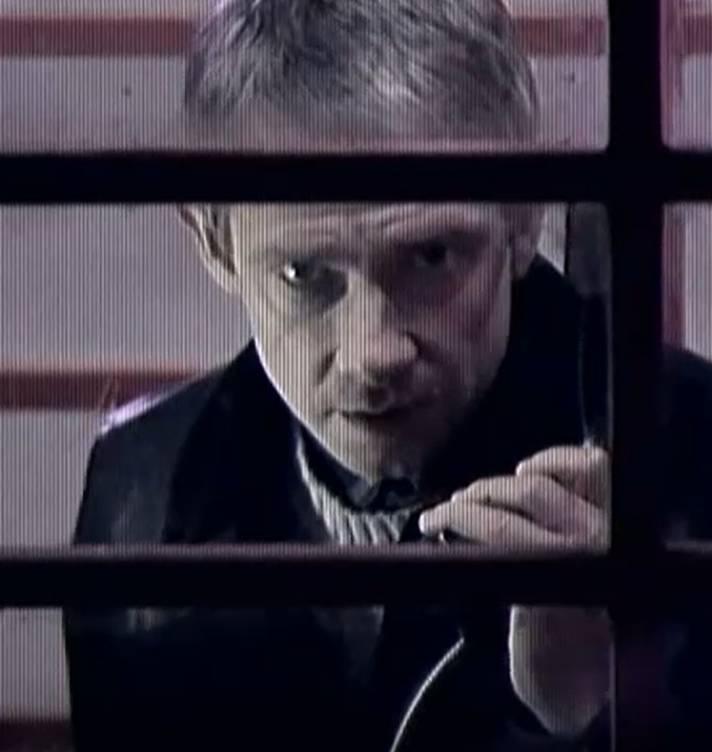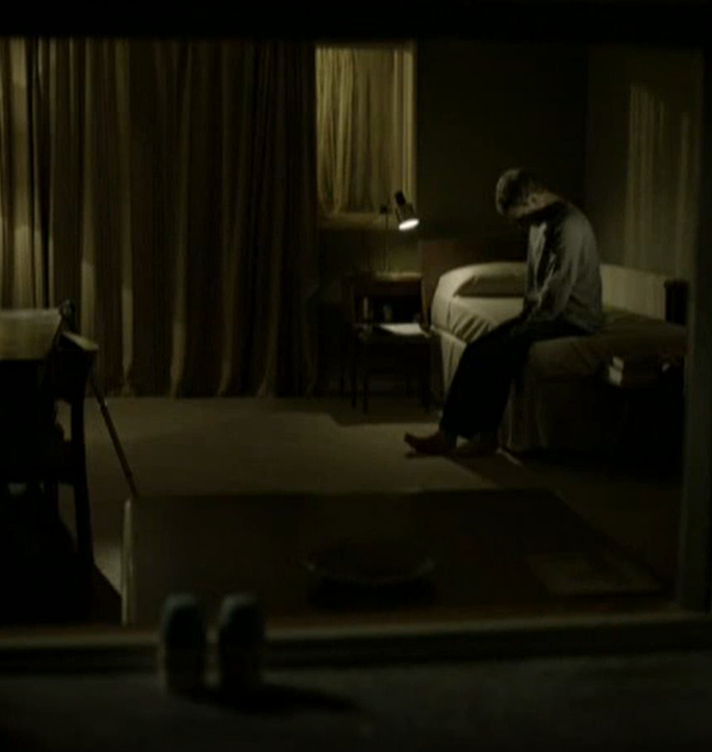5 min read: A comparative blog between the TV pilot episode, Sherlock (2010), and The Curious Incident of the Dog in the Night-Time (2003)

Tony Nguyen - Jun 16, 2025 3:20 PM AST - SACE ID: 996620T
Sherlock vs. The Curious Incident of the Dog in the Night-Time.
Who did it better? Mark Haddon or Steven Moffat, the showdown of the decade.
Why the Story Matters, the Medium tells the Story.
Imagine a creative piece that brings you into the narrative; you’d think it takes many elements, right? Yes, but one remains essential for an engaging piece: storytelling. Storytelling can take many forms, both Sherlock (Pilot episode - A Study in Pink) written by Steven Moffat and released in 2010, and The Curious Incident of the Dog in the Night-Time (opening chapter) written by Mark Haddon, released in 2003, shows these authors have taken the art of storytelling to the utmost limits. Both narratives feature socially awkward and unconventional protagonists who find unique ways to process information and navigate relationships. While both narratives employ different mediums, they utilise distinct techniques to capture the audience's engagement. Sherlock utilises cinematic techniques that vary from the production stage to the post-production stage, whereas The Curious Incident relies on a narrative voice that builds a nest of symbolic details and distinct structure.
Film / Literacy Techniques. How it builds style.
Both Sherlock and The Curious Incident utilise different strengths of their mediums to create an engaging story that hooks the audience. Curious Incident uses literary techniques like symbolism, repetition, and structural motifs; Haddon genuinely crafts a unique identity for Christopher through prime numbers, stating “Prime numbers are what is left when you have taken all the patterns away. I think prime numbers are like life.”, he also includes oddly unconventional diagrams (Image Below), it’s more than just a stylistic quirk; it reflects Christopher’s need for predictability in a world full of unknowns that easily overwhelm him as seen during the very opening chapters. This identity reflects his unique mindset and the abnormalities that drive the story. Mathematical patterns aren't just a coincidence; they symbolise a deeper need for order in a world of disorder. Furthermore, Haddon has implemented visual elements into his book: diagrams, maps, and mathematical features, offering insight into how Christopher processes information visually and logically. In Sherlock, many techniques are utilised, such as mise-en-scene, handheld camera movement, closer focal lengths to create a larger sense of speed, contrasting lighting that adapts to the mood and scene, and mixes of sound that allow a constant momentum to carry through the entire film. For example, in the first crime scene we see distinct text overlays like “Scratches,” “Wedding ring,” and “Dry-clean only” this gives the audience a chance to dive into his mind and follow the complex thought process in real time; in this scenario, the viewer becomes an active participant in the chase, with an all-time high heightened tension. Effectively turning the story into a visual playground that not only deepens the viewer's engagement but also builds understanding as well. This stylistic approach of layering strongly represents how Moffat tailors his narrative to the full potential of the medium. In the end, both pieces are engaging and effective, excelling in different ways, but Haddon’s approach in Curious Incident arguably creates a more lasting and prolonged impact. As Haddon pursues the idea of allowing us, the audience, to delve into Christopher's mind – his thoughts, process, logical order, and precise language- in a first-person perspective, it then becomes a more personal experience and one that a reader can relate to. The level of emotional immersion Haddon has achieved is stronger than Moffatt’s.

Conflict. External or Internal?
Both authors create internal conflicts within the protagonist. The difference between the two narratives lies in the subject of conflict. In Curious Incident, Christopher's quest to solve the many Wellington deaths exposes his anxieties rooted in trust, change, and sensory disorder issues. These are naturally challenged by his character traits, coming from a precise and logical style, where the emotional tension is elevated through restraint, rather than drama. Christopher's challenges with communication and unpredictable environments that span from the emotional aspects of the narrative, provoke the audience to rely on empathy to resonate with the narrative. In contrast, the conflict in Sherlock is mainly external and psychological. The film opens with external conflict during its opening scene. Holmes is immediately thrown into a high-stakes murder investigation. This is portrayed through the editing pace, non-diegetic sounds, and interchanged interrogation scenes that build a sense of urgency. The tension is escalated via action, confrontation, and the real threat of death. The conflict in Sherlock surfaces due to both the criminal mystery but also Sherlock's clashes with other authorities due to his psychological differences. In the first scene, Dr. John Watson wakes up from a war nightmare, indicating his internal battles from personal experiences; recently returning from military service, he struggles with PTSD, physical injury, and borderline depression. Portrayed through visual techniques such as sudden camera shifts, lingering pauses, and subtle facial expressions. Watson takes a unique place in the film; he is an outlier. Taking both external and internal conflicts, Watson's fascination with Holmes offers him a new sense of direction, yet it causes an inner tension between desiring a stable life or an adrenaline-fueled path like his past.

Character. Minds that work differently.
Homles and Christopher are depicted as highly intelligent, yet emotionally tainted, often distant from other individuals. The real difference between these two characters lies in the form. In Sherlock, characterisation is heavily visual. Sherlock's intellect is shown through fast-paced scenes, dialogue, camera angles, and visual overlays that bring the viewer into the world of his mind, showing how observant he is. Sherlock presents himself as a confident and commanding character; through his body language and tone, he can indicate his arrogance and dominance. Meanwhile, Christopher's persona is depicted almost entirely through his first-person narrative, shaped through logical structure, precise sentence patterns, and limited emotional language. Readers are psychologically drawn to his mind, not because of the external cues, but understanding how he views the world as he explains in the book “I find people confusing” and later clarifies, “This will not be a funny book. I cannot tell jokes because I do not understand them.”. Christopher’s persona paints him as an inward, confused, uncomfortable character throughout the book who relies on logic-based reasoning to interact in society. Although both characters struggle with emotional aspects, the mediums effect the impact of how both characters are understood. Homles behaviour is interpreted through the reactions of others, and visual techniques, while Christopher's emotional issues are shown through an intimate and unfiltered first-person perspective. Letting the viewer come into his world.
Conclusion. What story sticks with the reader?
While both texts display a strong success using their medium to engage a narrative, The Curious Incident of the Dog in the Night-Time leaves a more impactful experience. Through Christopher's smart, logical narration and symbolic elements. Haddon has created an undeniable piece of work that is both immersive and a true storyteller, but despite having many thrilling elements, ultimately Curious Incident resonates a much larger emotional mark, making it the more impactful and impressive narrative.
...
So, what's your opinion?
Leave your thoughts below and share it with the rest of the world! - We might even engage with those super-hot takes.
1113 Words









